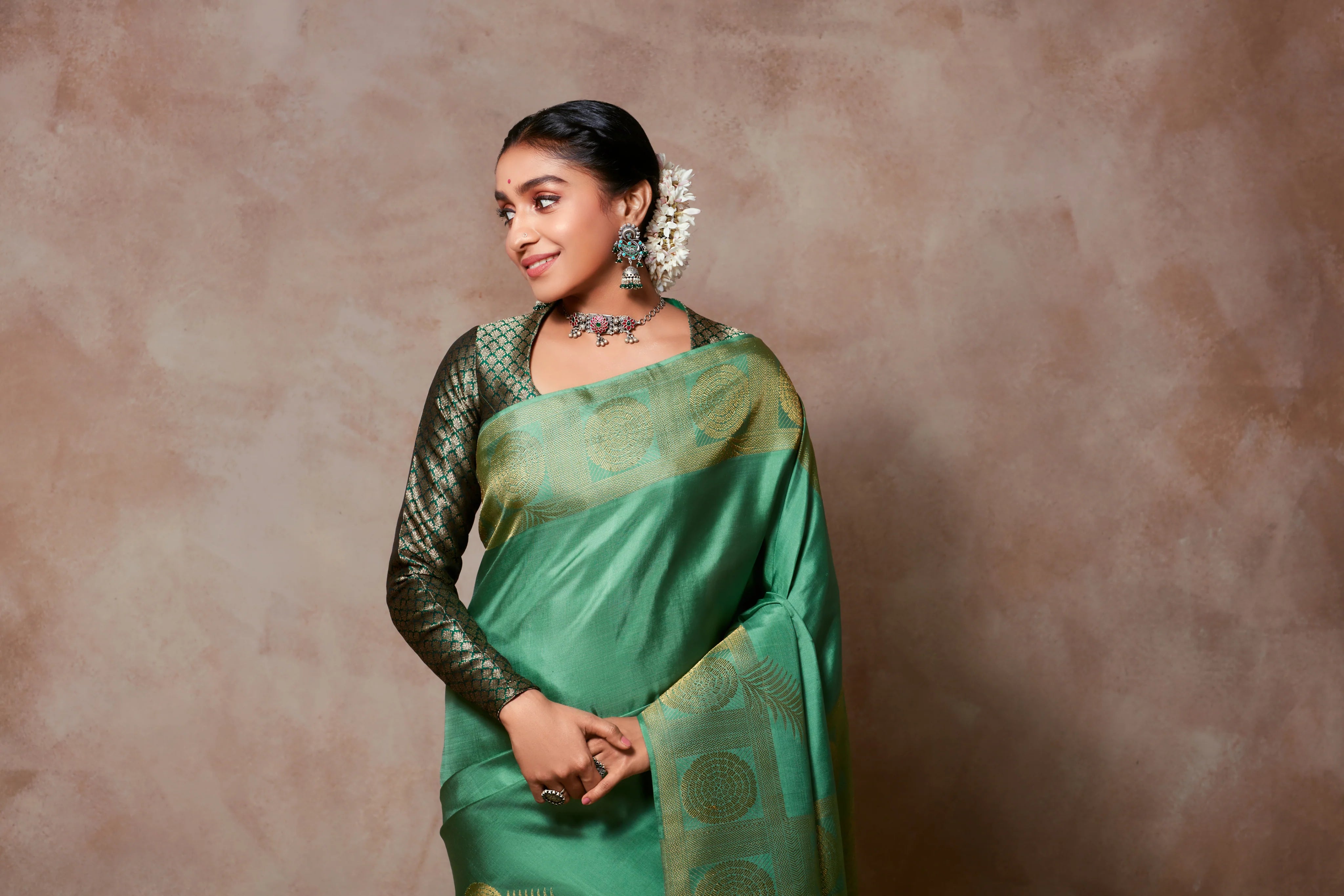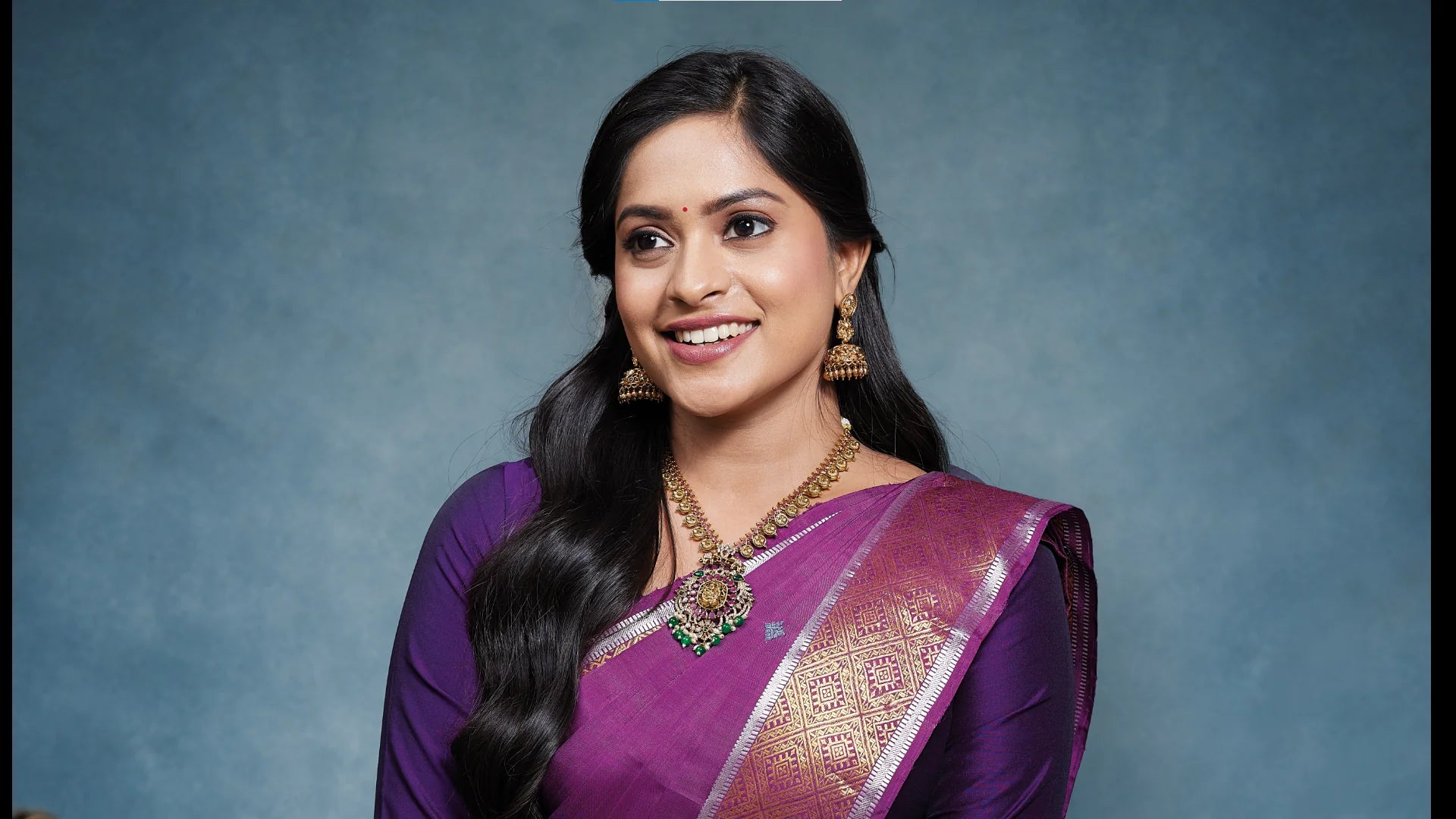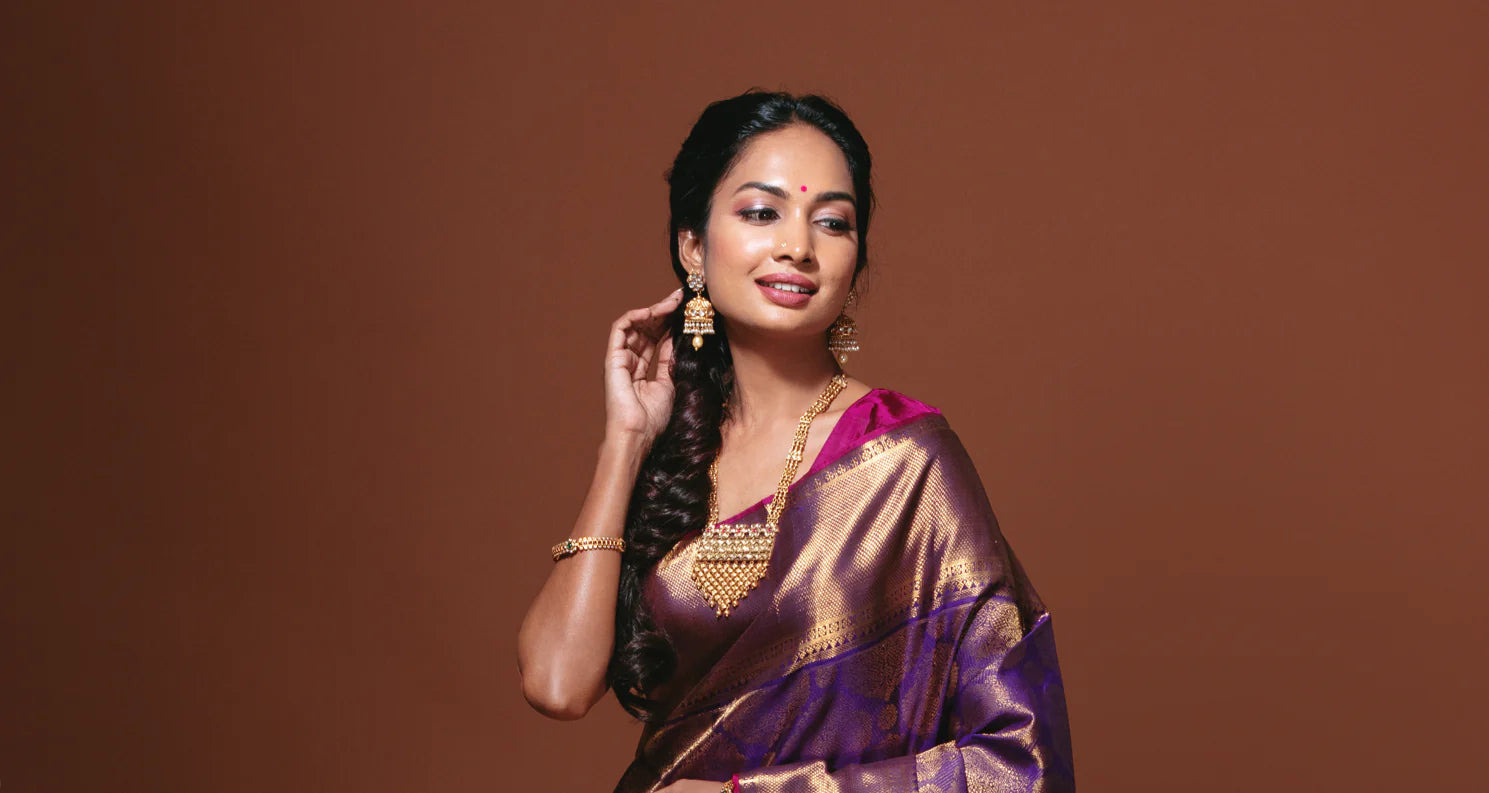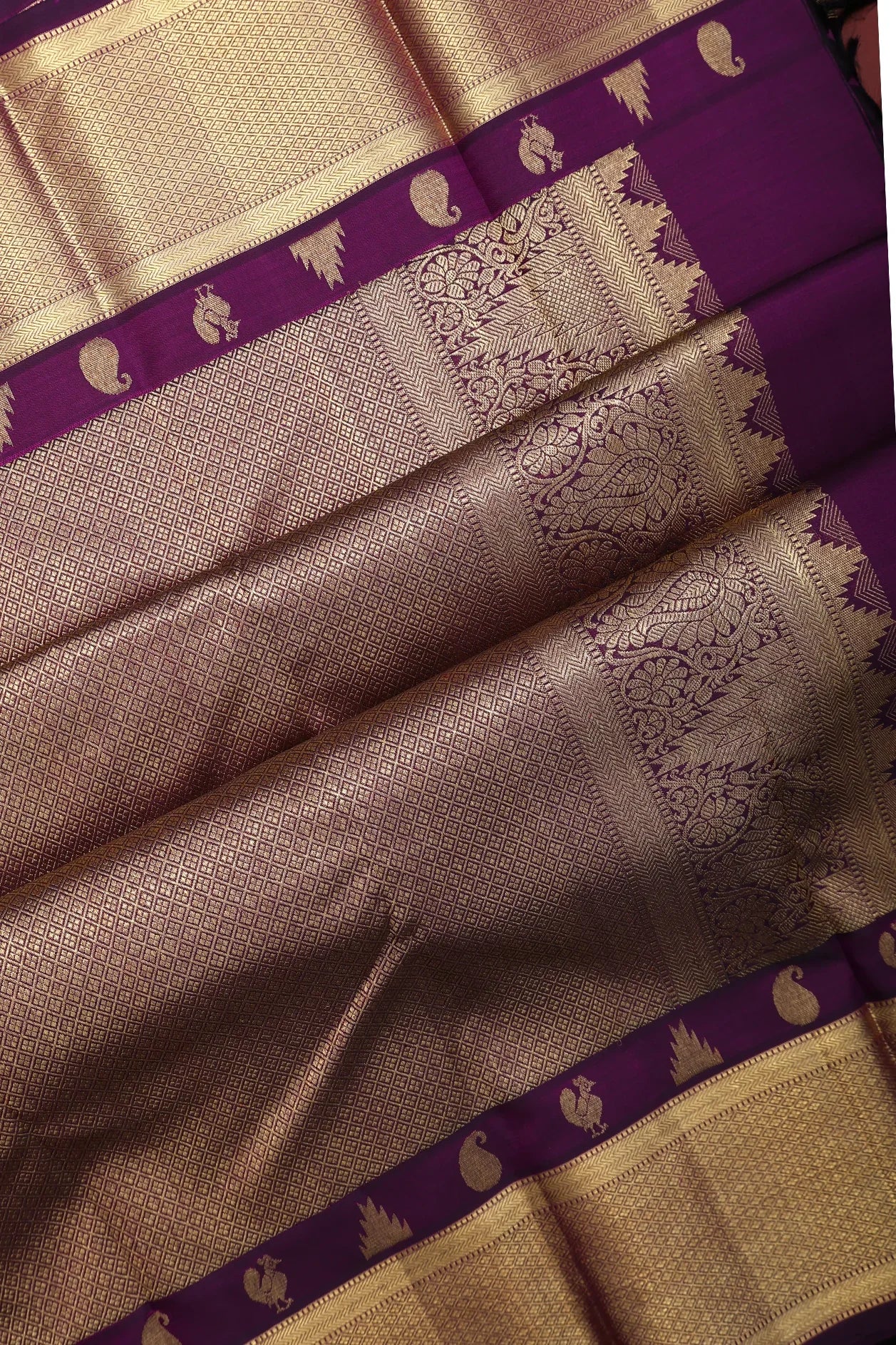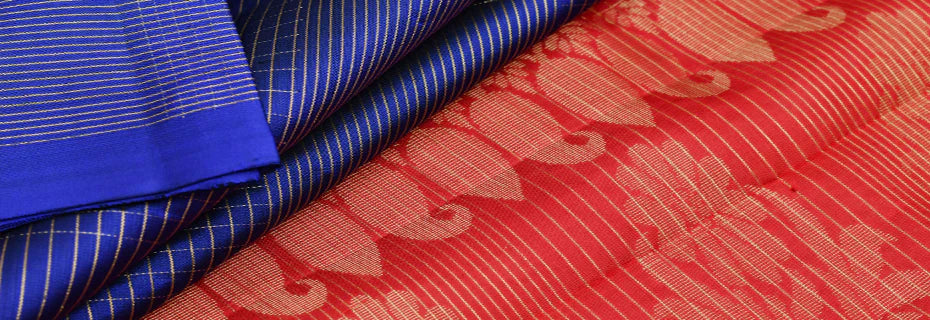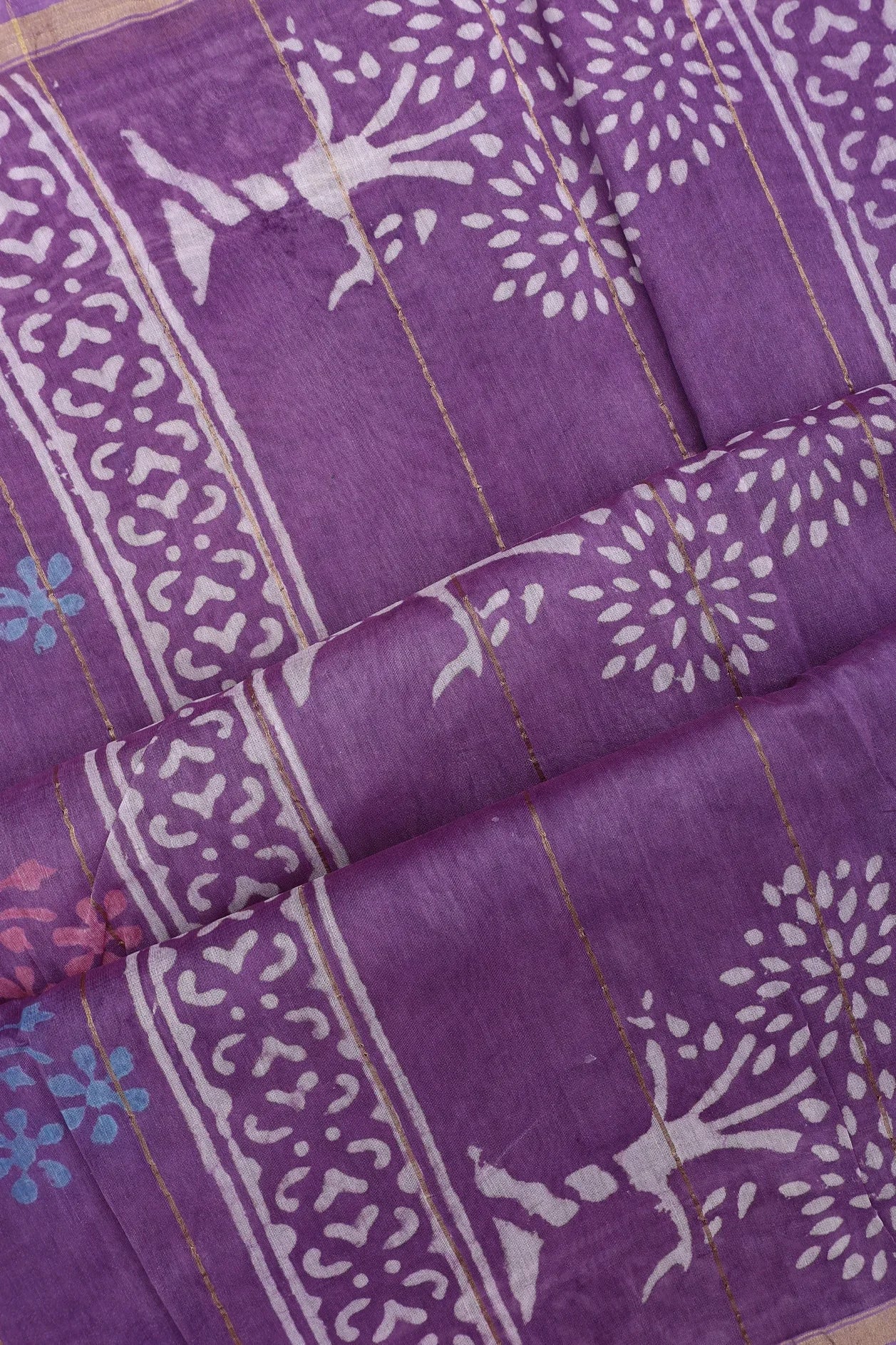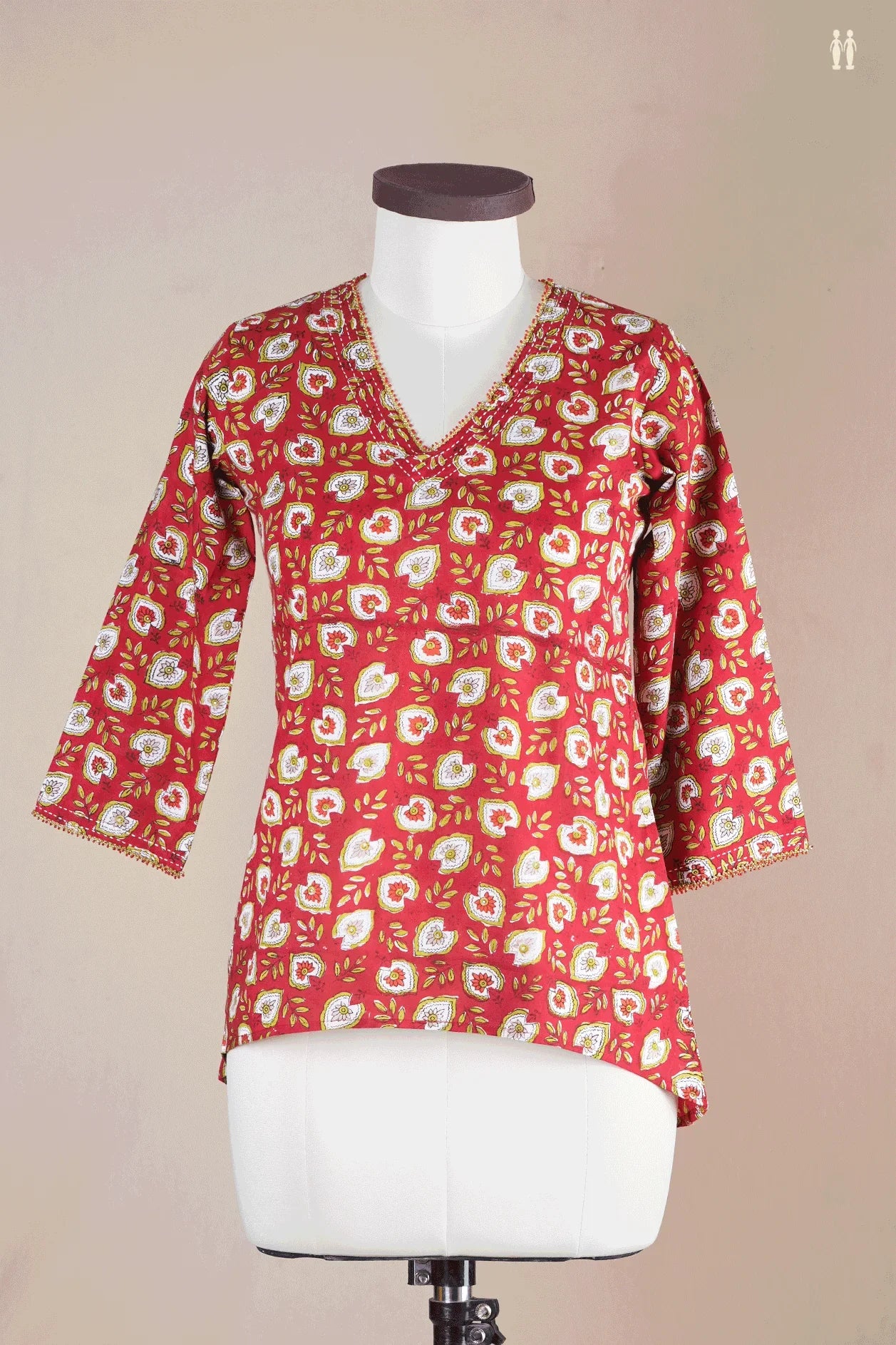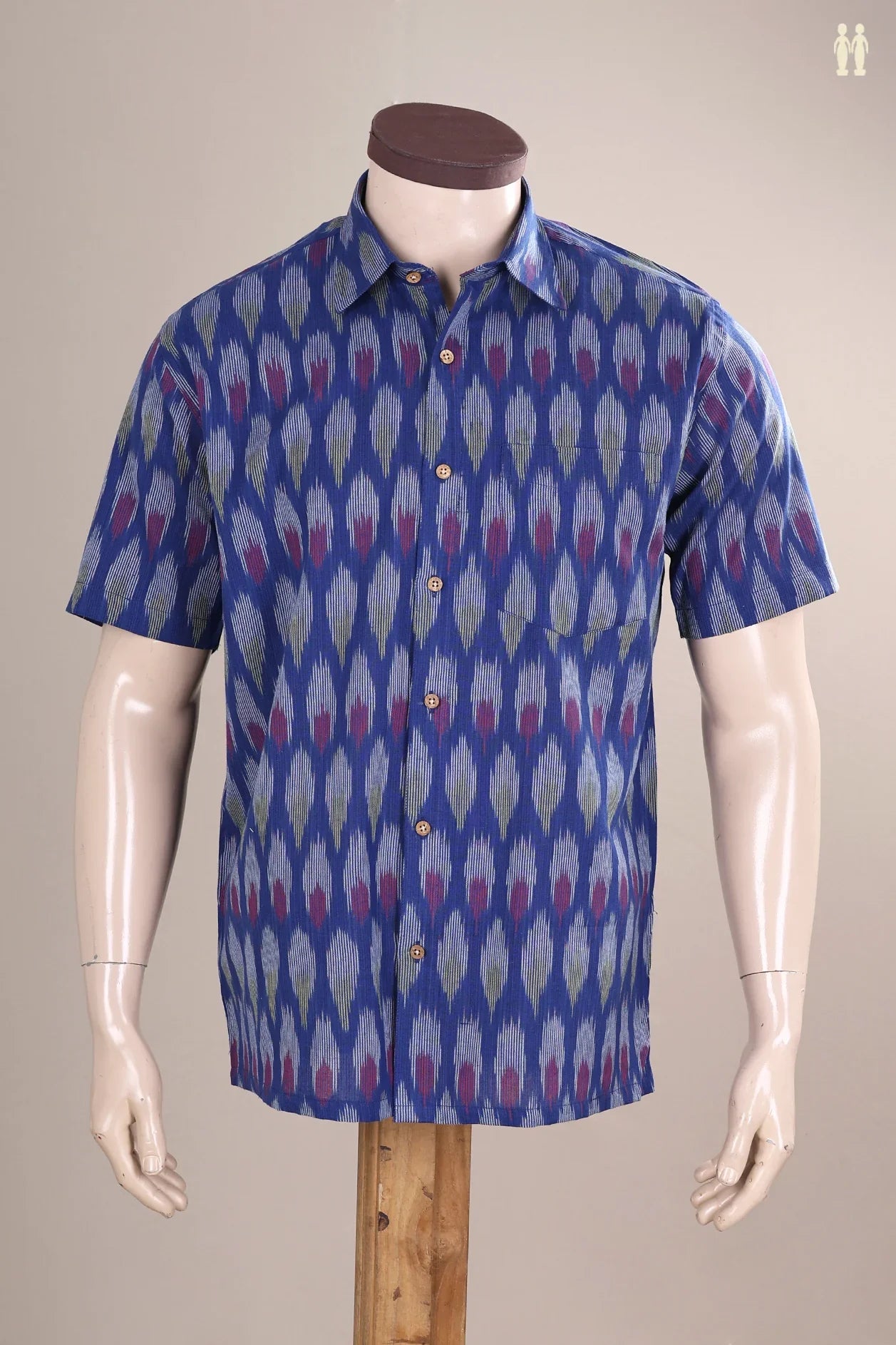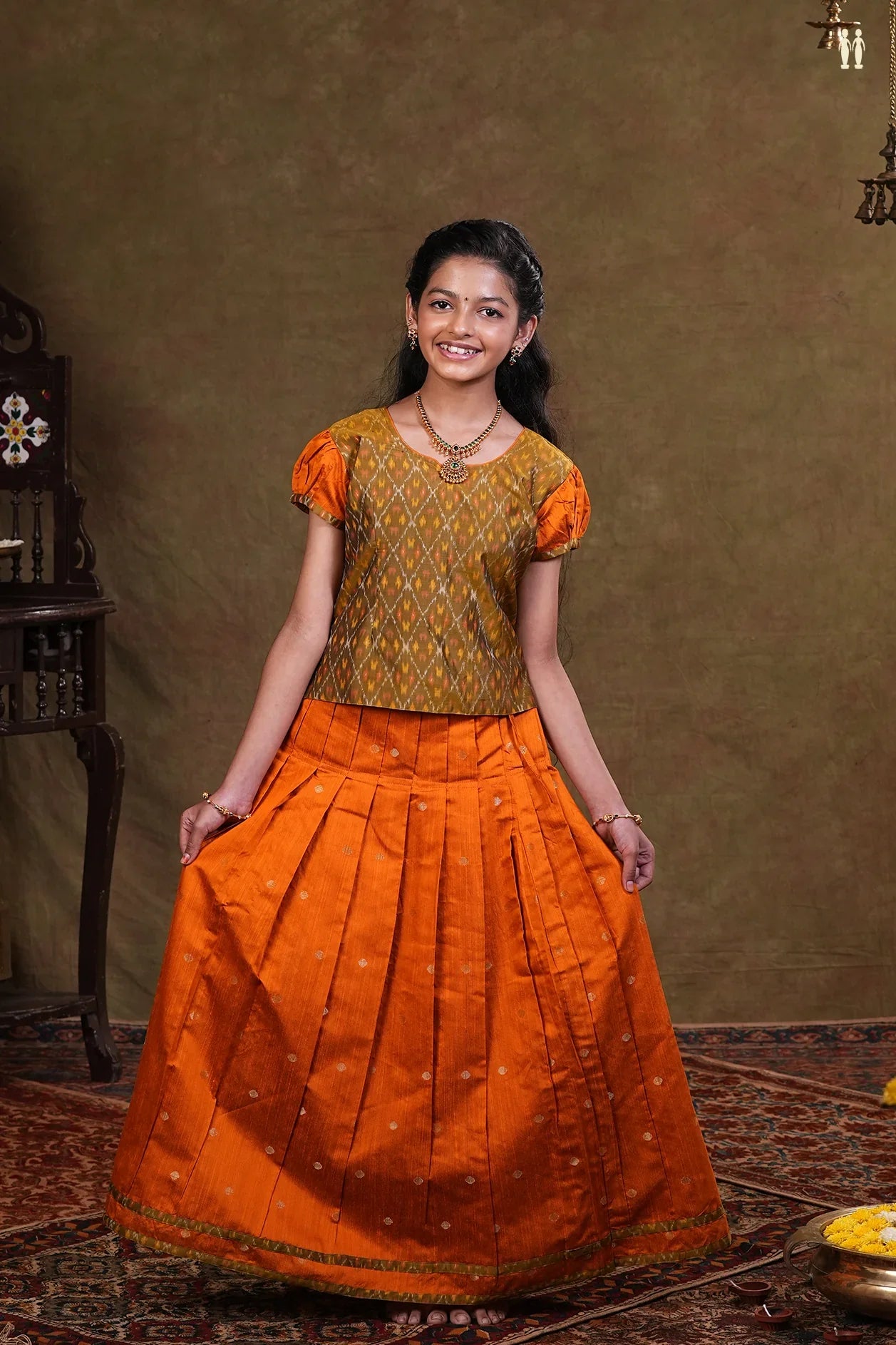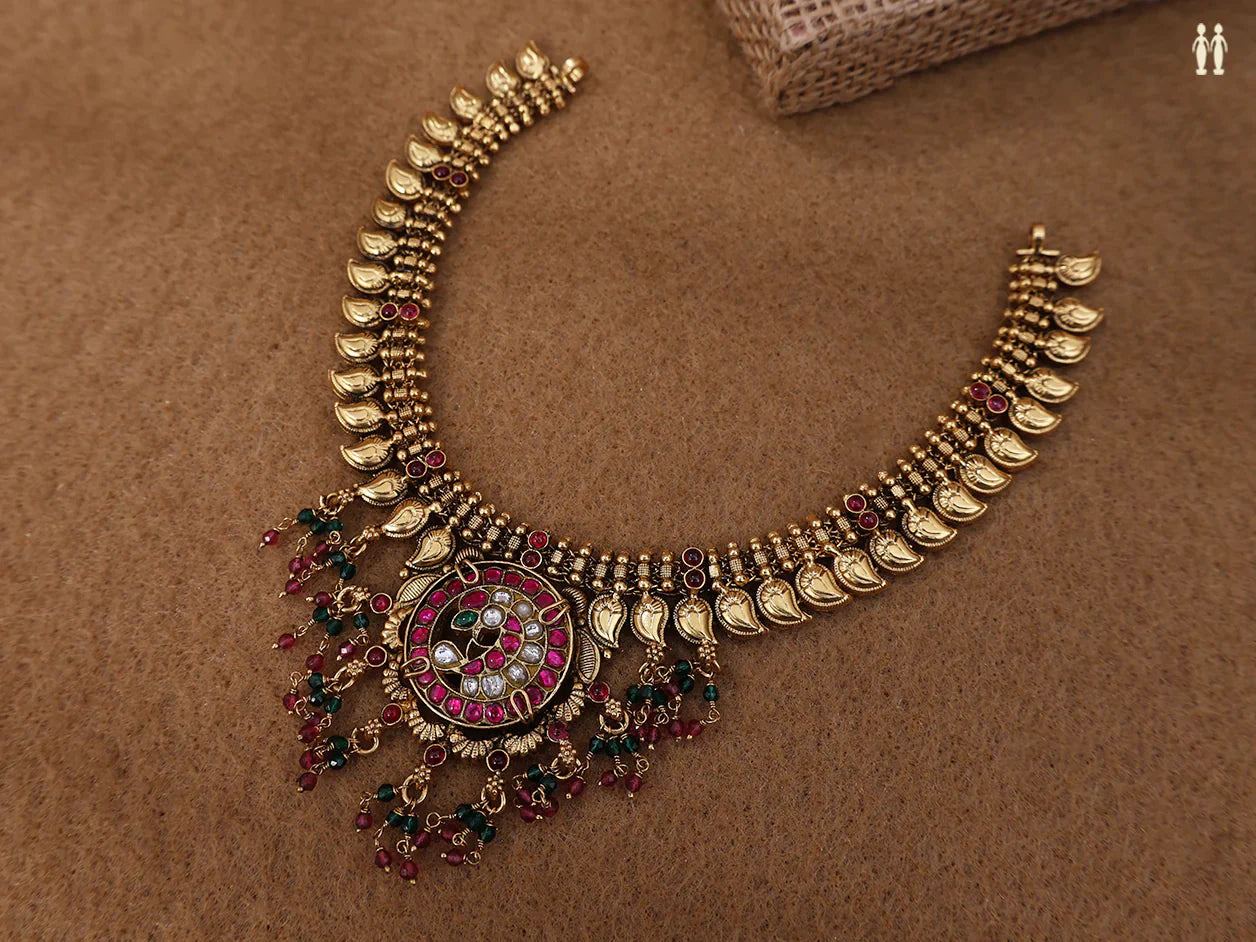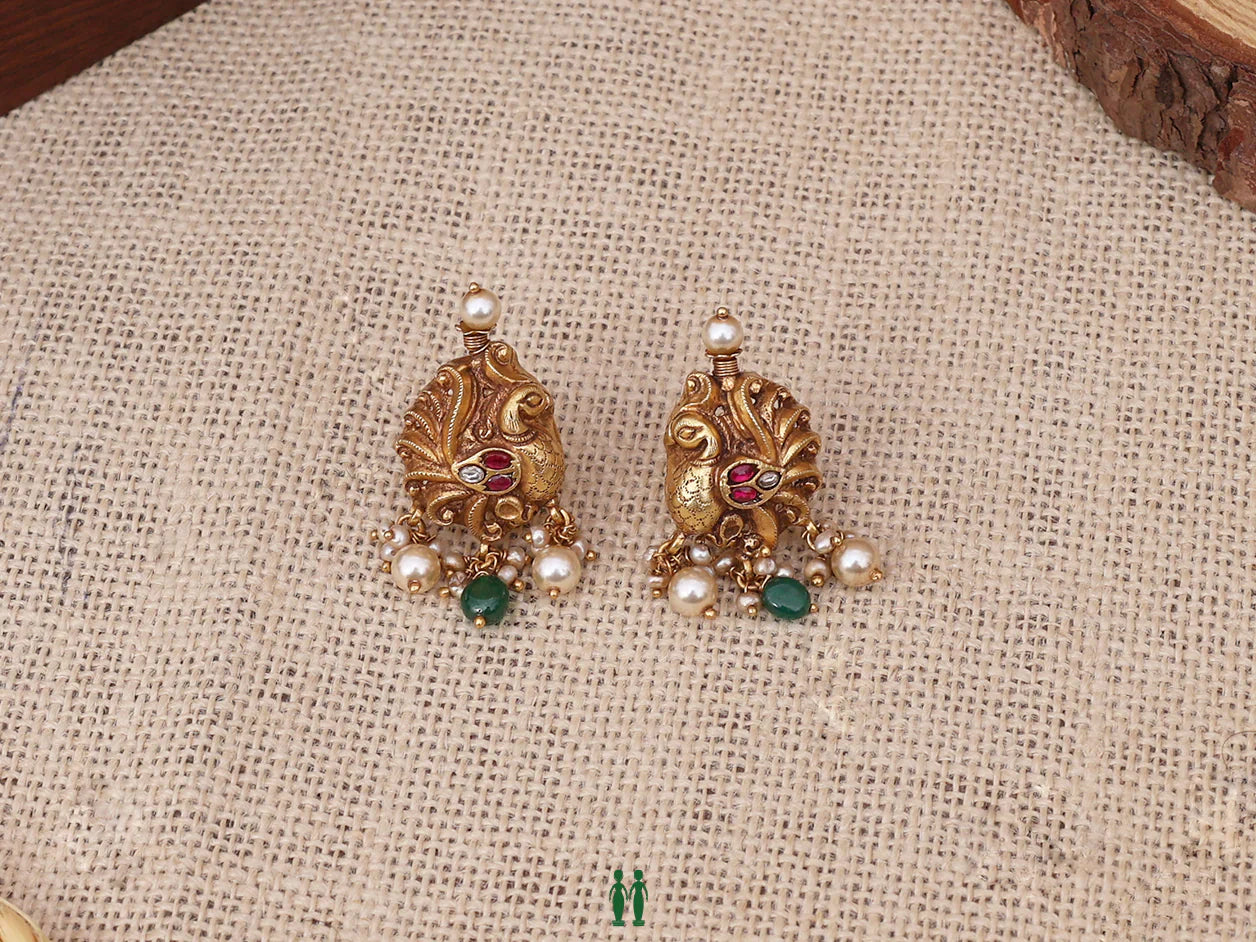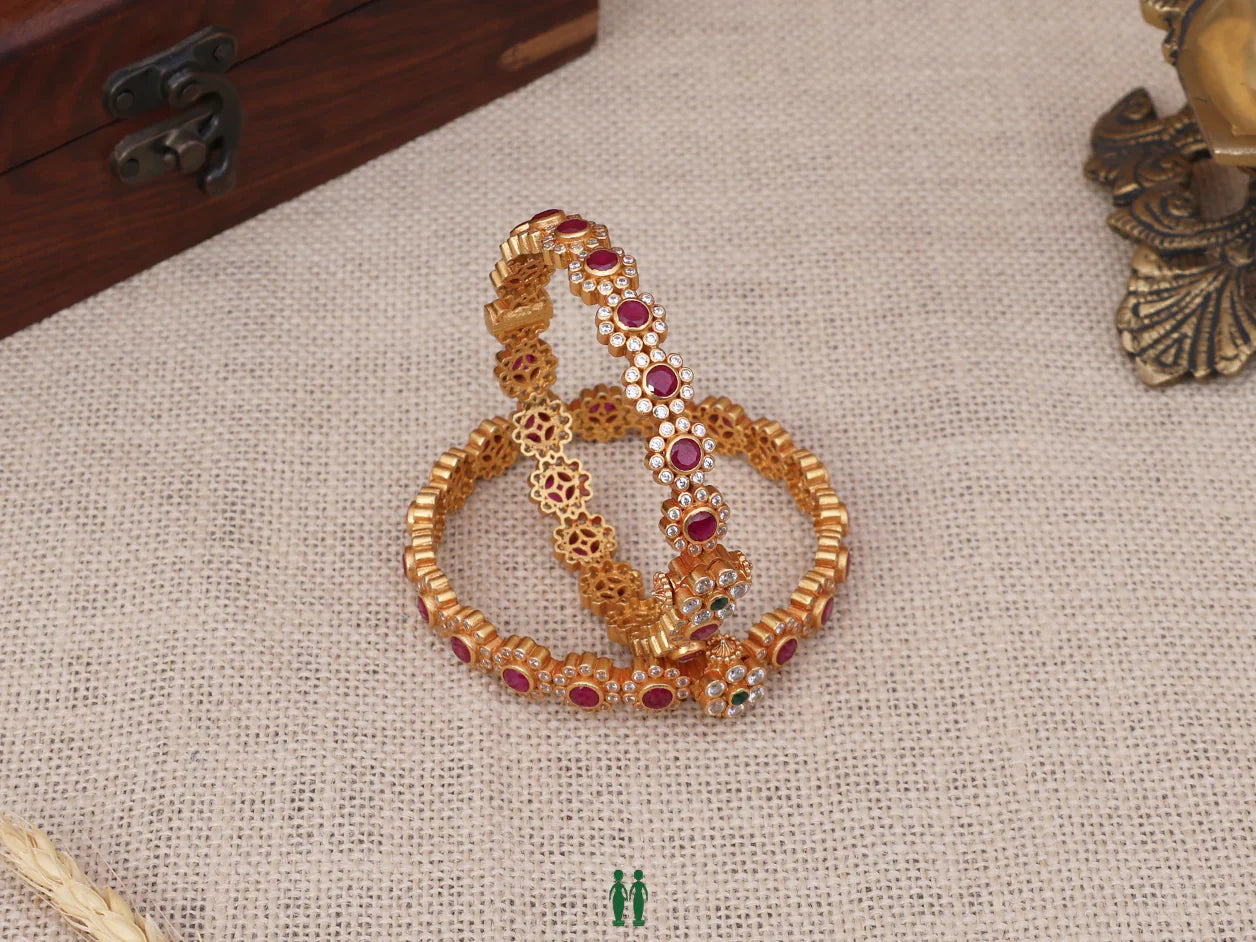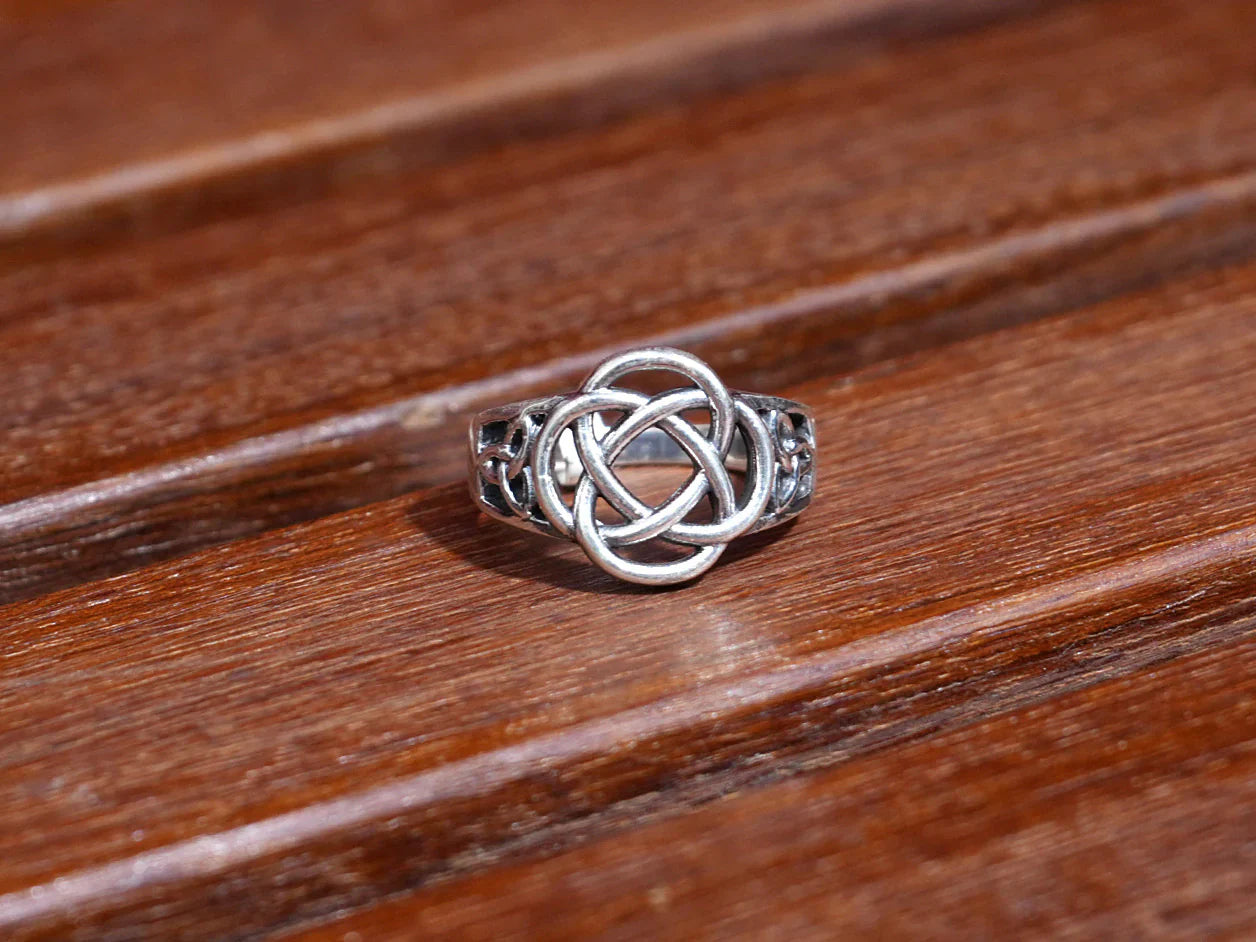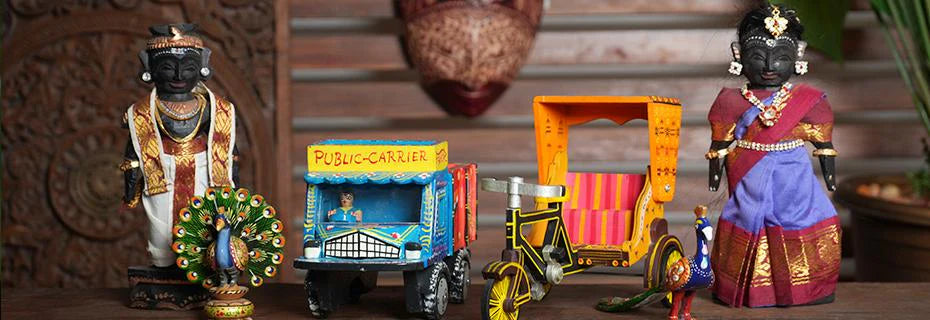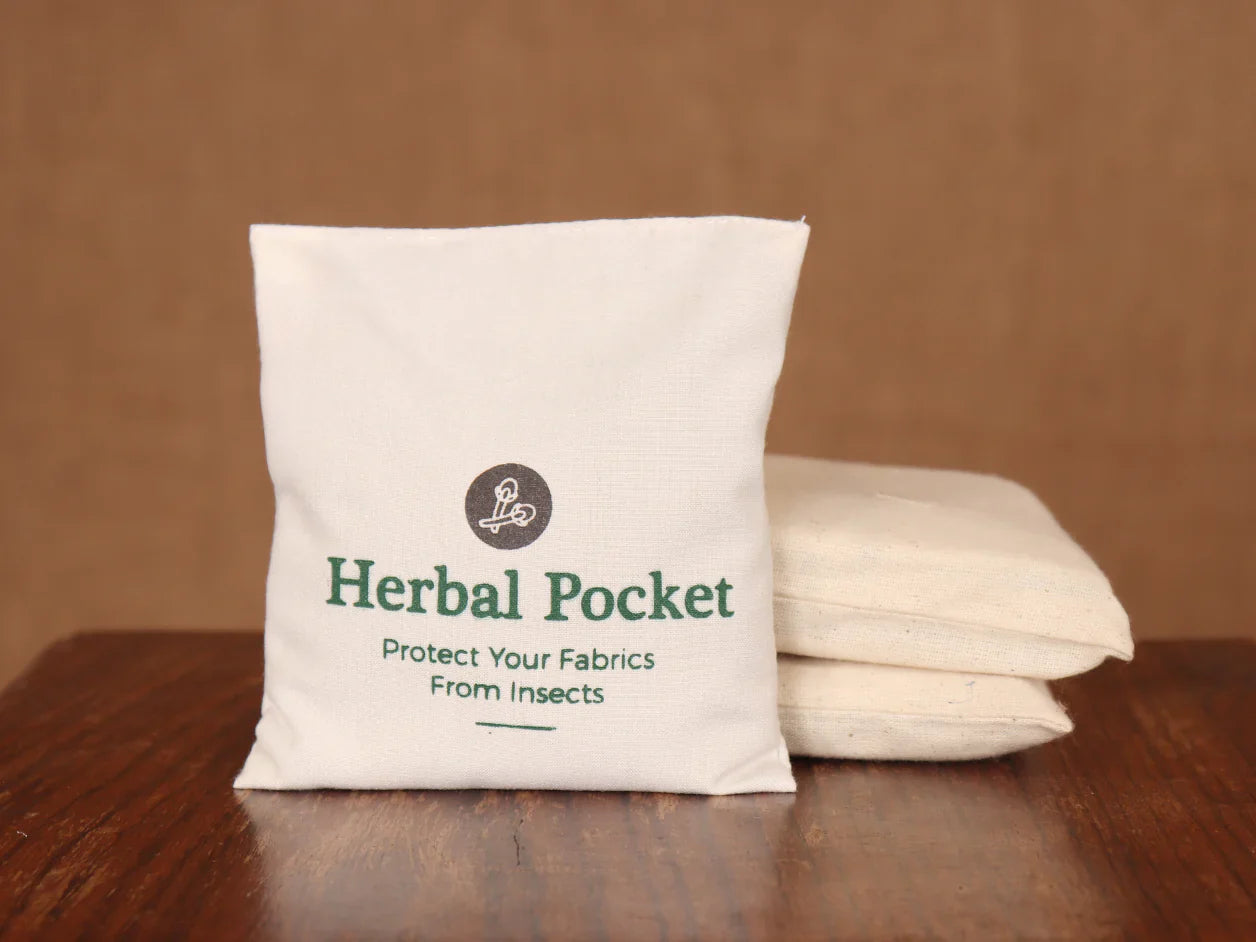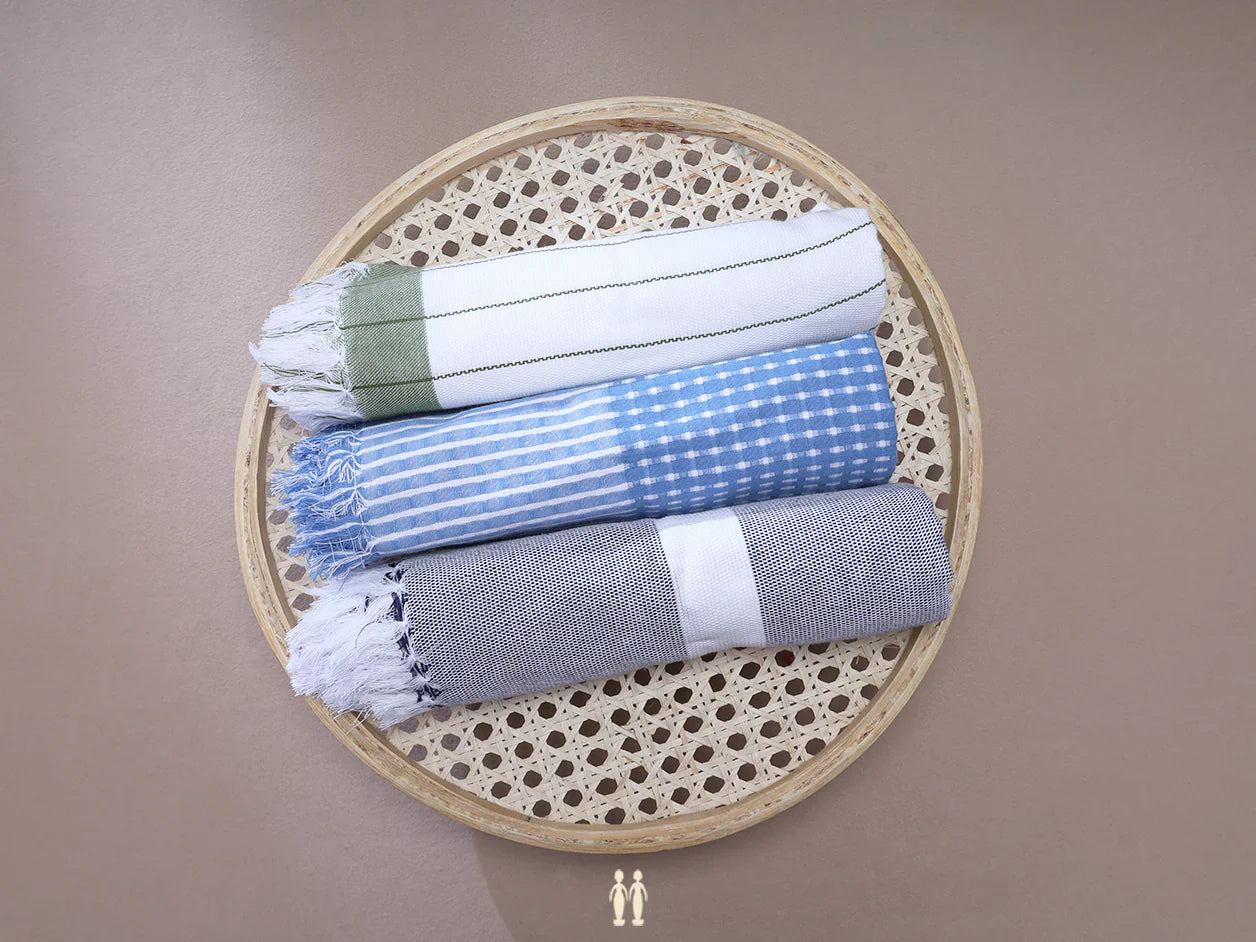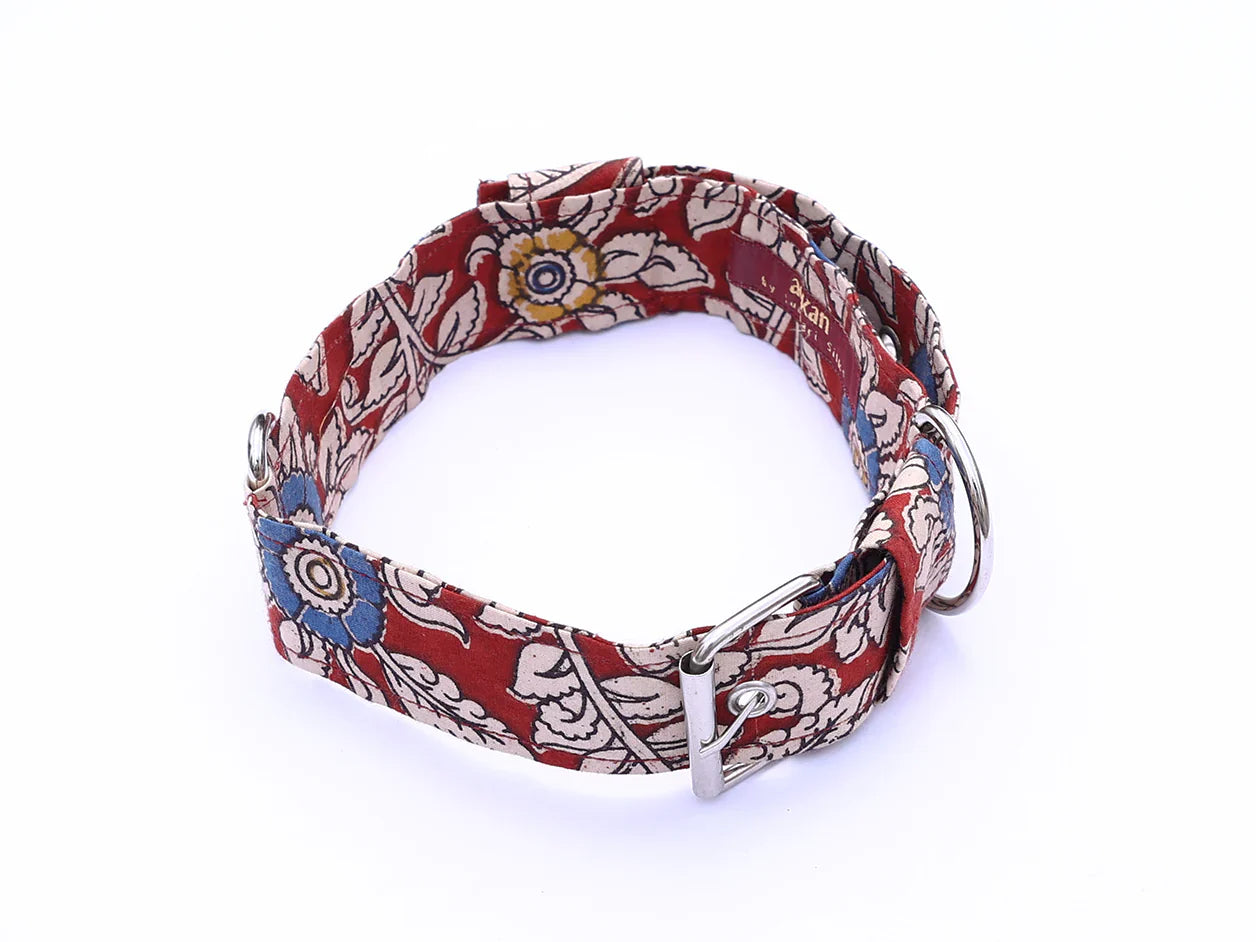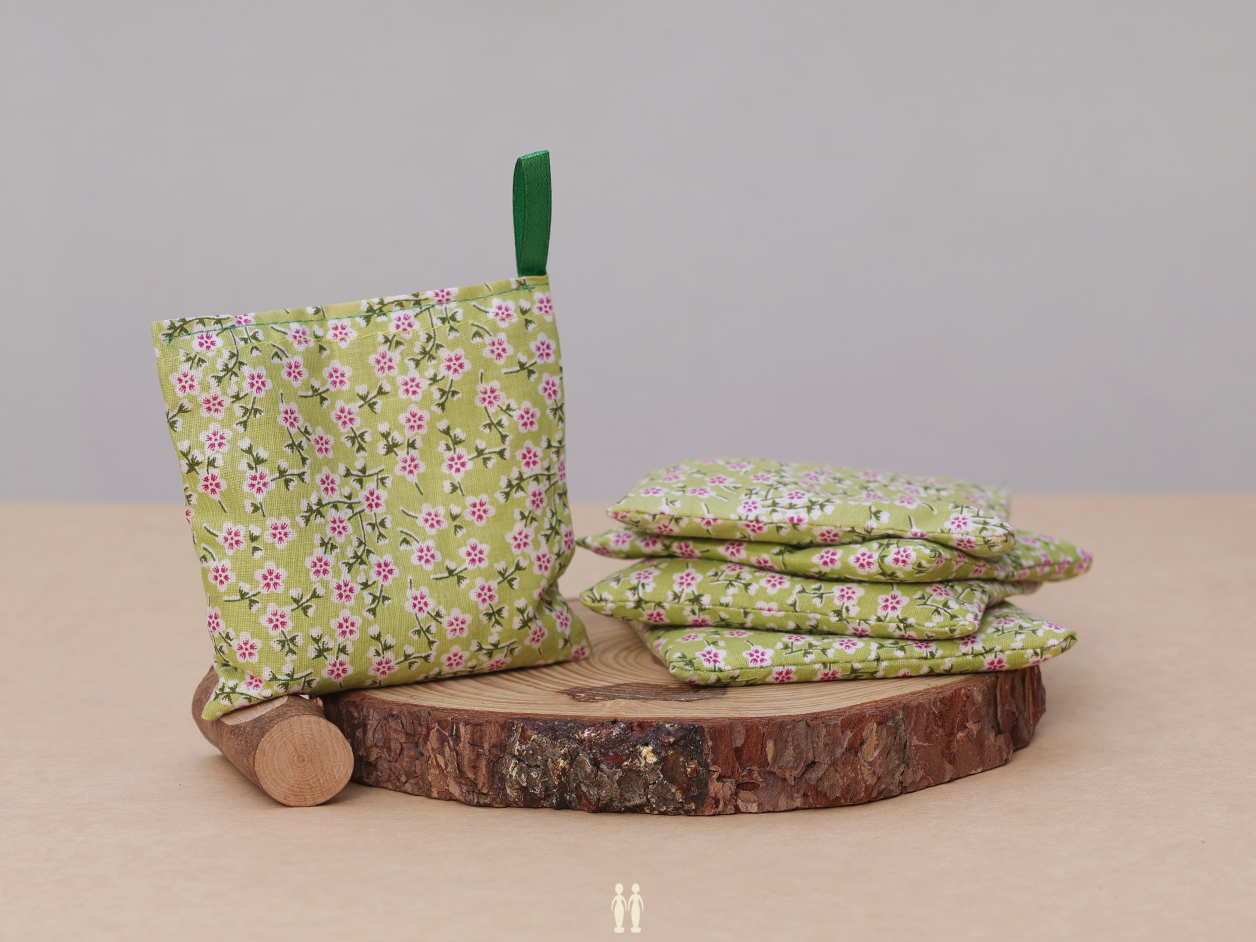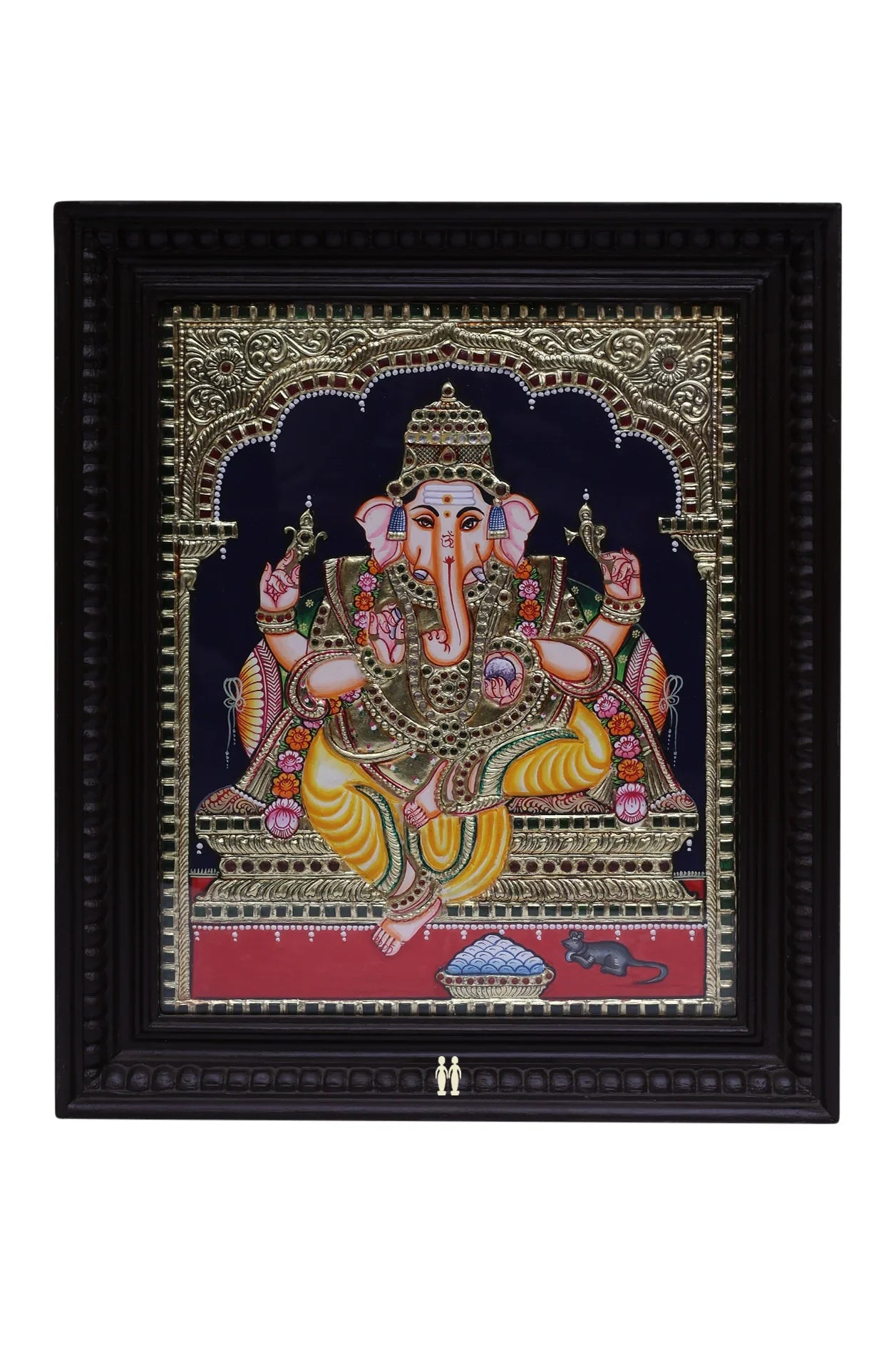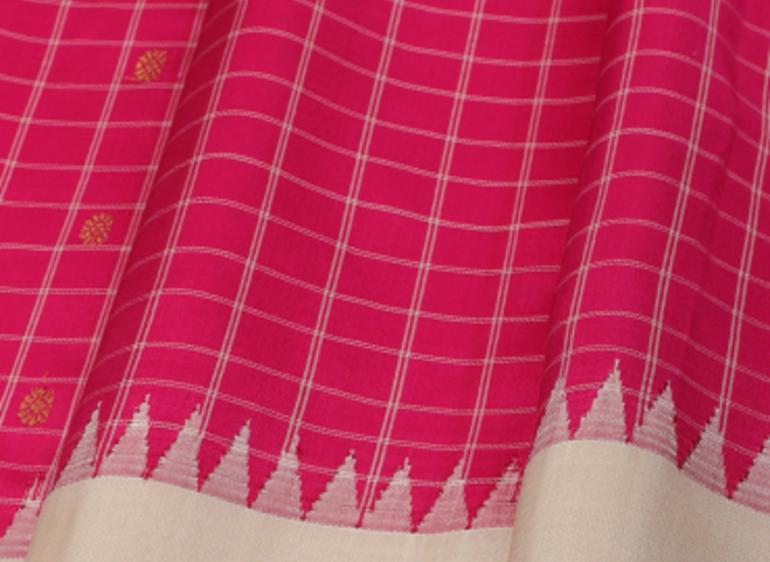- Enjoy 5% off your first purchase when you subscribe. Be the first to discover our latest collections, exclusive offers, and timeless tales.
Trending Products
CART
Cart is Empty!


Weaves of Gadwal
Handloom weaving is a living craft and is still practised by millions of craftspeople who are a part of the mainstream economy. The power of the skilled craftspeople is inherent in every hand-crafted and hand-woven beauty one gets to witness.
Andhra Pradesh and Telangana provide one of the richest handcrafted textile landscapes in terms of the variety of cotton and silk. The Gadwal village is devoted to the making of a popular weave, called Gadwal sarees.
The origin of these sarees can be traced back to about 200 years, to the time of Gadwal samasthanam and the efforts of Queen Maharani Adhi Lakshmi Devamma who promoted the craft.

SPECIAL FEATURES
1. One of the most notable features of the Gadwal saree is the use of a very fine count of cotton which makes it feather-light. It can literally be folded into the shape of a small matchbox.
2. There are two joints in a Gadwal saree - the horizontal and vertical joint. The vertical joint joins the saree with the border, and the horizontal joins the body of the saree with the pallu.
3. It is the horizontal joint's interlocking weaving technique called “kuttu” which makes this weave special. The interlocking process is carried out entirely by hand, using the thumb and index fingers.
4. The weaver sews the joint by taking the thread from the body and the pallu and twists it together to make this kuttu. He uses natural gum to execute this technique, and this process requires immense skill and experience to be able to attain perfection.

Weavers in Gadwal have a rare honour of weaving the sesha vastram or the "eruvada jodi panchalu" for Lord Venkateswara at Tirupathi during the annual Brahmostsavam. The weaving commences in August, and the vastram for the Lord is woven in yellow, maroon and red.
Called as Gadwal Yeeravada, a 24"x5" inner cloth, is draped as a cushion onto the forehead of the main deity before he adorns his diamond crown. This cloth is still prepared and presented by Gadwal samasthanam and credited as such.
The vastram is woven on a special loom, and the weavers follow a strict personal regimen during the weaving process of 41 days by chanting the name of Govinda. Once the weaving is complete, the Sesha vastrams are carried by them and handed over to the temple's main priest. The weavers are bestowed to perform a special arathi after handing over the cloths. The chief priest, after collecting the dhotis, whispers into the ears of the deity that they have received Gadwala Sesha vastram. This tradition kick starts the Brahmotsavams.
The fabric used to weave the body of Gadwal saree can vary between cotton, silk and silk cotton but what makes it unique is the usage of pure silk borders. The Gadwal saree collection at Sundari Silks is as diverse and exceptional as the craft itself and features motifs and patterns from a different era altogether.


Handloom weaving is a living craft and is still practised by millions of craftspeople who are a part of the mainstream economy. The power of the skilled craftspeople is inherent in every hand-crafted and hand-woven beauty one gets to witness.
Andhra Pradesh and Telangana provide one of the richest handcrafted textile landscapes in terms of the variety of cotton and silk. The Gadwal village is devoted to the making of a popular weave, called Gadwal sarees.
The origin of these sarees can be traced back to about 200 years, to the time of Gadwal samasthanam and the efforts of Queen Maharani Adhi Lakshmi Devamma who promoted the craft.

SPECIAL FEATURES
1. One of the most notable features of the Gadwal saree is the use of a very fine count of cotton which makes it feather-light. It can literally be folded into the shape of a small matchbox.
2. There are two joints in a Gadwal saree - the horizontal and vertical joint. The vertical joint joins the saree with the border, and the horizontal joins the body of the saree with the pallu.
3. It is the horizontal joint's interlocking weaving technique called “kuttu” which makes this weave special. The interlocking process is carried out entirely by hand, using the thumb and index fingers.
4. The weaver sews the joint by taking the thread from the body and the pallu and twists it together to make this kuttu. He uses natural gum to execute this technique, and this process requires immense skill and experience to be able to attain perfection.

Weavers in Gadwal have a rare honour of weaving the sesha vastram or the "eruvada jodi panchalu" for Lord Venkateswara at Tirupathi during the annual Brahmostsavam. The weaving commences in August, and the vastram for the Lord is woven in yellow, maroon and red.
Called as Gadwal Yeeravada, a 24"x5" inner cloth, is draped as a cushion onto the forehead of the main deity before he adorns his diamond crown. This cloth is still prepared and presented by Gadwal samasthanam and credited as such.
The vastram is woven on a special loom, and the weavers follow a strict personal regimen during the weaving process of 41 days by chanting the name of Govinda. Once the weaving is complete, the Sesha vastrams are carried by them and handed over to the temple's main priest. The weavers are bestowed to perform a special arathi after handing over the cloths. The chief priest, after collecting the dhotis, whispers into the ears of the deity that they have received Gadwala Sesha vastram. This tradition kick starts the Brahmotsavams.
The fabric used to weave the body of Gadwal saree can vary between cotton, silk and silk cotton but what makes it unique is the usage of pure silk borders. The Gadwal saree collection at Sundari Silks is as diverse and exceptional as the craft itself and features motifs and patterns from a different era altogether.
Our Famous Articles

Our Famous Articles
Marappachi bommai
Marapachi Bommai: Heirlooms of Heritage In many South Indian homes,...
Your Ultimate Summer Wardrobe Destination
At Sundari Silks, we believe that the essence of summer...
Threads of Love: A Collection for Her & Him
What is the Meaning of Love? Love is found in...


GET ON THE LIST
Perks include 5% off your first online order at Sundari Silks. Be the first to know about new collections, store launches, sales and much more!





























